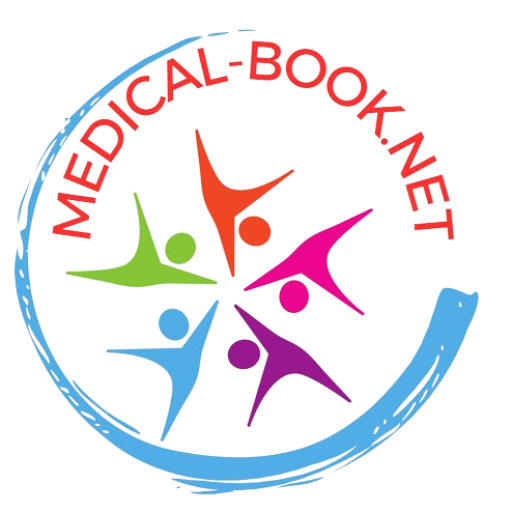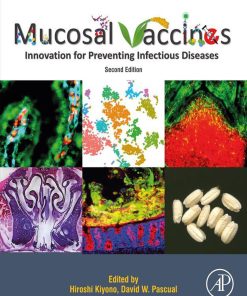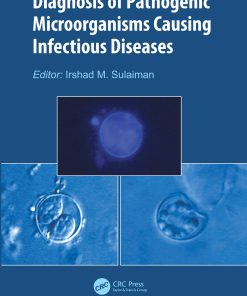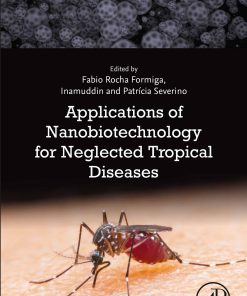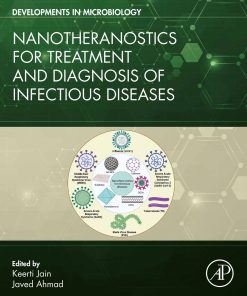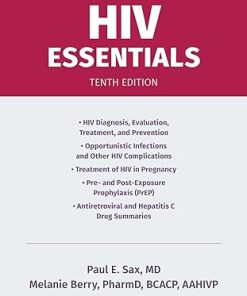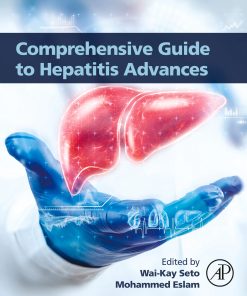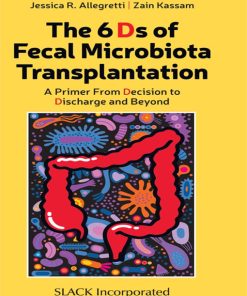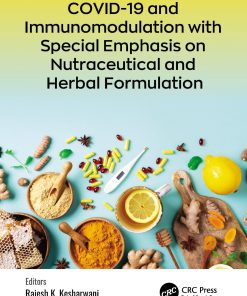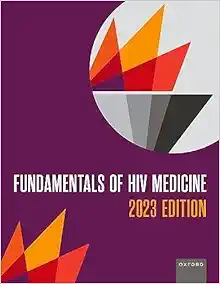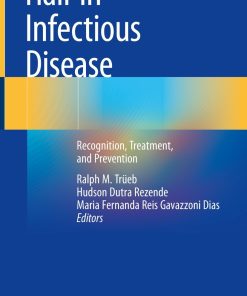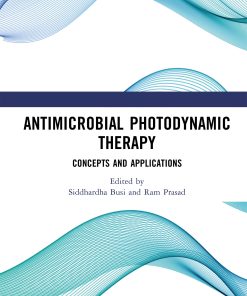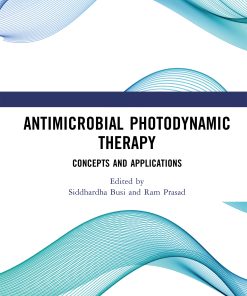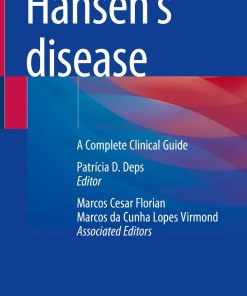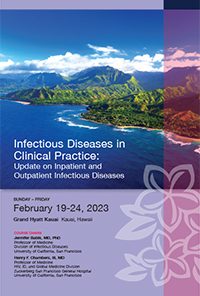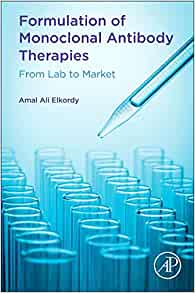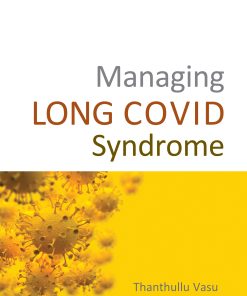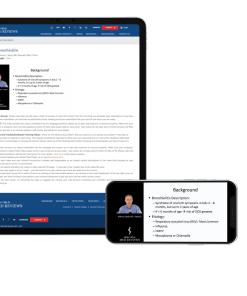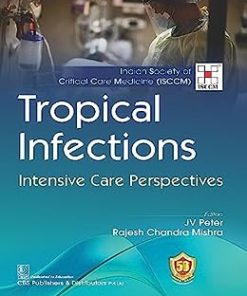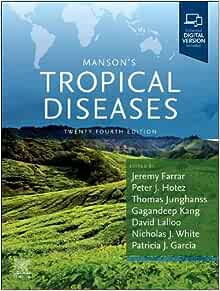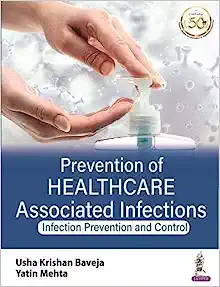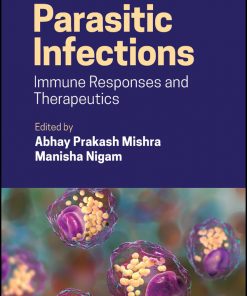INFECTIOUS DISEASES: Understanding, Prevention, and Treatment
Infectious diseases are illnesses caused by the presence of pathogens, such as bacteria, viruses, fungi, or parasites. These pathogens can spread from person to person, from animals to humans, or through contaminated food or water. Infectious diseases have been a major public health issue throughout history, causing widespread illness and death. In this article, we will discuss the causes, symptoms, and treatments of infectious diseases, as well as methods of prevention.
INFECTIOUS DISEASES BOOKS
Zika Virus Impact, Diagnosis, Control, and Models, Volume 2: The Neuroscience of Zika Virus (EPUB)
INFECTIOUS DISEASES BOOKS
Zika Virus Biology, Transmission, and Pathways, Volume 1: The Neuroscience of Zika Virus (EPUB)
INFECTIOUS DISEASES BOOKS
Mucosal Vaccines: Innovation for Preventing Infectious Diseases, 2nd Edition (EPUB)
INFECTIOUS DISEASES BOOKS
Diagnosis of Pathogenic Microorganisms Causing Infectious Diseases (Original PDF from Publisher)
INFECTIOUS DISEASES BOOKS
Applications of Nanobiotechnology for Neglected Tropical Diseases (EPUB)
INFECTIOUS DISEASES BOOKS
Nanotheranostics for Treatment and Diagnosis of Infectious Diseases (Original PDF from Publisher)
INFECTIOUS DISEASES BOOKS
INFECTIOUS DISEASES BOOKS
INFECTIOUS DISEASES BOOKS
Application of Natural Products in SARS-CoV-2 (Original PDF from Publisher)
INFECTIOUS DISEASES BOOKS
The 6 Ds of Fecal Microbiota Transplantation (Original PDF from Publisher)
INFECTIOUS DISEASES BOOKS
The Challenge of Tuberculosis in the 21st Century, 3rd Edition (Original PDF from Publisher)
INFECTIOUS DISEASES BOOKS
Advances in Parasitology (Volume 122) (Original PDF from Publisher)
INFECTIOUS DISEASES BOOKS
INFECTIOUS DISEASES BOOKS
INFECTIOUS DISEASES BOOKS
INFECTIOUS DISEASES BOOKS
INFECTIOUS DISEASES BOOKS
INFECTIOUS DISEASES BOOKS
2023 UCSF Infectious Diseases in Clinical Practice (Audios + Syllabus)
INFECTIOUS DISEASES BOOKS
Formulation of Monoclonal Antibody Therapies: From Lab to Market
INFECTIOUS DISEASES BOOKS
INFECTIOUS DISEASES BOOKS
Bioengineered Nanomaterials for Wound Healing and Infection Control
INFECTIOUS DISEASES BOOKS
Infectious Disease Review Course 2023 – High-Yield Med Reviews (Videos + Ebook)
INFECTIOUS DISEASES BOOKS
INFECTIOUS DISEASES BOOKS
INFECTIOUS DISEASES BOOKS
INFECTIOUS DISEASES BOOKS
Prevention of Healthcare Associated Infections: Infection Prevention and Control
INFECTIOUS DISEASES BOOKS
INFECTIOUS DISEASES BOOKS
INFECTIOUS DISEASES BOOKS
Causes of Infectious Diseases
Infectious diseases are caused by a wide range of pathogens, including bacteria, viruses, fungi, and parasites. Bacterial infections can be caused by bacteria such as Streptococcus, Staphylococcus, and Escherichia coli (E. coli). Viral infections can be caused by viruses such as the flu, the common cold, and HIV. Fungal infections can be caused by fungi such as Candida, Aspergillus, and Cryptococcus. Parasitic infections can be caused by parasites such as malaria, tapeworms, and lice.
Symptoms of Infectious Diseases
The symptoms of infectious diseases can vary widely depending on the type of pathogen causing the infection. Common symptoms of bacterial infections include fever, fatigue, and redness or swelling at the site of the infection. Viral infections can cause symptoms such as fever, muscle aches, and fatigue, as well as specific symptoms depending on the virus, such as a runny nose or a rash. Fungal infections can cause symptoms such as itching, redness, and a discharge from the affected area. Parasitic infections can cause symptoms such as abdominal pain, diarrhea, and weight loss.
Prevention of Infectious Diseases
There are several methods for preventing the spread of infectious diseases, including vaccination, hand hygiene, and proper food handling. Vaccination is one of the most effective methods for preventing infectious diseases, as it provides protection against specific pathogens. Hand hygiene, such as washing hands regularly with soap and water, is important in preventing the spread of pathogens from person to person. Proper food handling, such as cooking meat to the appropriate temperature and avoiding cross-contamination, is important in preventing foodborne illnesses.
Treatment of Infectious Diseases
The treatment of infectious diseases depends on the type of pathogen causing the infection. Bacterial infections can be treated with antibiotics, while viral infections cannot. Fungal infections can be treated with antifungal medications, and parasitic infections can be treated with antiparasitic medications. In some cases, the infected person may need to be hospitalized to receive treatment, especially if the infection is severe.
Infectious diseases have been a major public health issue throughout history, causing widespread illness and death. The causes of infectious diseases include a wide range of pathogens, including bacteria, viruses, fungi, and parasites. The symptoms of infectious diseases can vary widely, depending on the type of pathogen causing the infection. Preventing the spread of infectious diseases involves methods such as vaccination, hand hygiene, and proper food handling. The treatment of infectious diseases depends on the type of pathogen causing the infection, and may involve antibiotics, antifungal medications, or antiparasitic medications. By understanding the causes, symptoms, and methods of prevention and treatment of infectious diseases, we can help to reduce their impact on public health.
In this article, we'll take a look at the top 10 best books on infectious diseases, which provide comprehensive coverage of the field and cover a range of topics, including epidemiology, diagnosis, treatment, and prevention of infectious diseases. Whether you're a medical student, resident, infectious disease specialist, or simply someone looking to expand your knowledge of infectious diseases, these books are a valuable resource.
- “Infectious Diseases” by Jonathan Cohen, et al.
- “Mandell, Douglas, and Bennett's Principles and Practice of Infectious Diseases” by John E. Bennett, et al.
- “Infectious Diseases of the Fetus and Newborn Infant” by Jack S. Remington, et al.
- “Infectious Diseases: A Clinical Short Course” by Frederick S. Southwick
- “Principles of Infectious Disease Epidemiology: A Global Perspective” by Alison Galvani, et al.
- “Infectious Diseases and Microbiology: A Clinical Short Course” by Richard K. Root, et al.
- “Infectious Diseases in 30 Days” by Rick Bright, et al.
- “Infectious Diseases: A Clinical Guide” by Samuel L. Tolan, Jr.
- “Infectious Diseases: A Handbook for Healthcare Professionals” by Lisa L. Palmer
- “Infectious Diseases: Pathology, Microbiology, and Epidemiology” by James H. Jorgensen, et al.
These books offer a wealth of information on infectious diseases, making them an ideal resource for anyone looking to deepen their knowledge of this important field. Whether you're preparing for exams, staying up-to-date with the latest developments, or simply looking to improve your understanding, these books are a great place to start.
In conclusion, infectious diseases are a major global health concern, and it is crucial for healthcare professionals to have a deep understanding of the field in order to provide the best possible care to patients. The top 10 infectious diseases books listed above provide a comprehensive and accessible resource for anyone looking to expand their knowledge of this important field.
